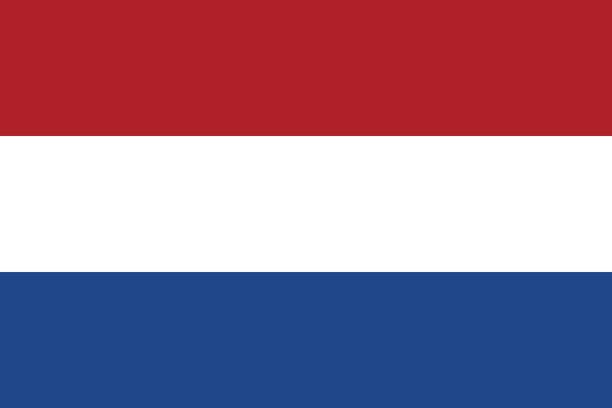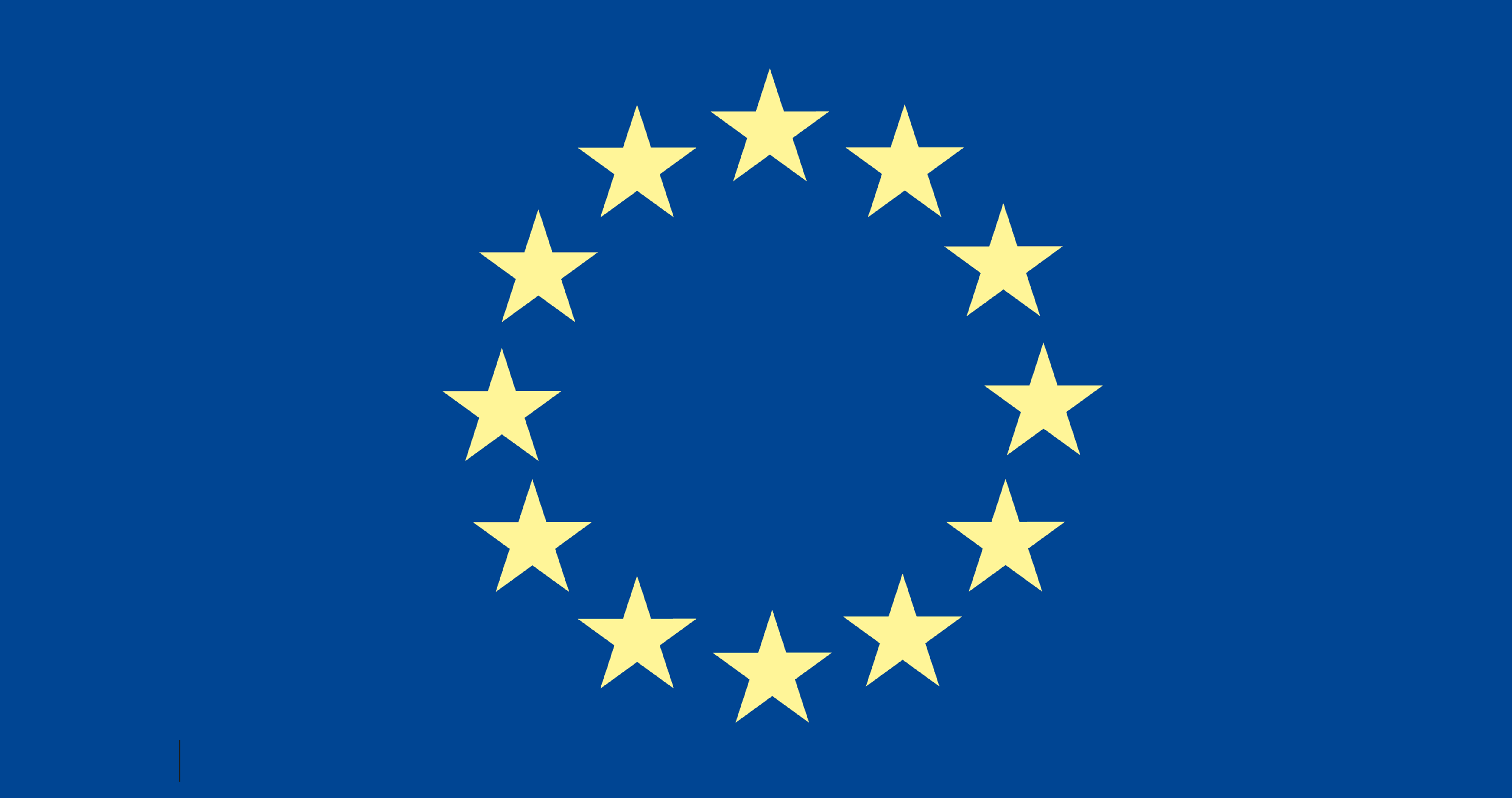Allium carinatum subsp. pulchellum
Available to order from July 2025
Nijssen Tuin & Bulbs Heemstede | Official site of Peter C. Nijssen
Native bulbs form a special group of naturalised ornamental plants, mostly bulbous plants, that belong in historic country houses. They were usually brought from southern and central Europe as ornamental or medicinal plants. For example, snowdrops, woodland crocuses, white and yellow wood anemones, wild wood hyacinths, wild garlic and many more. Every spring, the colourful carpets of these wildflowers can be admired under the then bare trees of our historical parks and estates.
Available to order from July 2025
Available to order from July 2025
Available to order from July 2025
Available to order from July 2025
Available to order from July 2025
Available to order from July 2025
Available to order from July 2025
Available to order from July 2025
Available to order from July 2025
Available to order from July 2025
Available to order from July 2025
Available to order from July 2025
Available to order from July 2025
Available to order from July 2025
Available to order from July 2025
Available to order from July 2025
Available to order from July 2025
Available to order from July 2025
Available to order from July 2025
Available to order from July 2025
Available to order from July 2025
Available to order from July 2025
Available to order from July 2025
Available to order from July 2025
Available to order from July 2025
Available to order from July 2025
Available to order from July 2025
Available to order from July 2025
Available to order from July 2025
Available to order from July 2025
Available to order from July 2025
Available to order from July 2025
Available to order from July 2025
Available to order from July 2025
Available to order from July 2025
Available to order from July 2025
Available to order from July 2025
Available to order from July 2025
Available to order from July 2025
Available to order from July 2025
Available to order from July 2025
Available to order from July 2025
Available to order from July 2025
Available to order from July 2025
Available to order from July 2025
Available to order from July 2025

 Nijssenbulbs.com
Nijssenbulbs.com